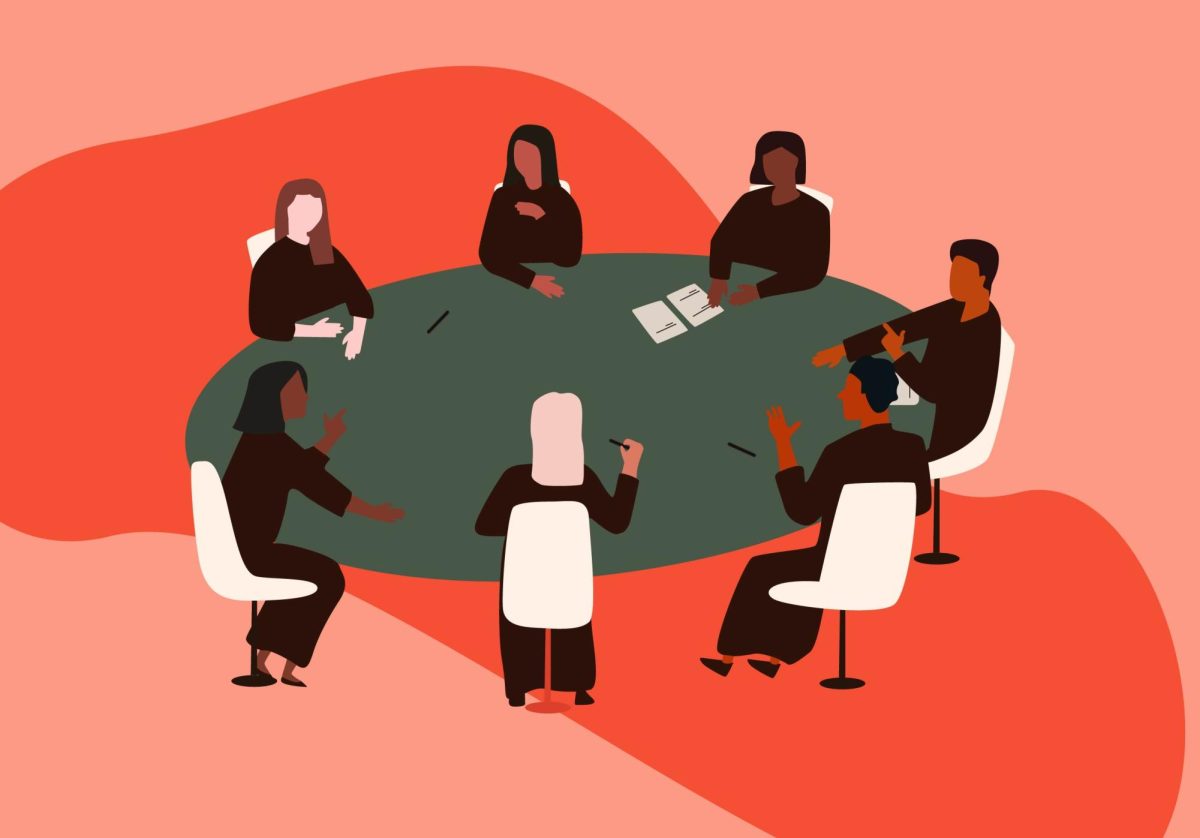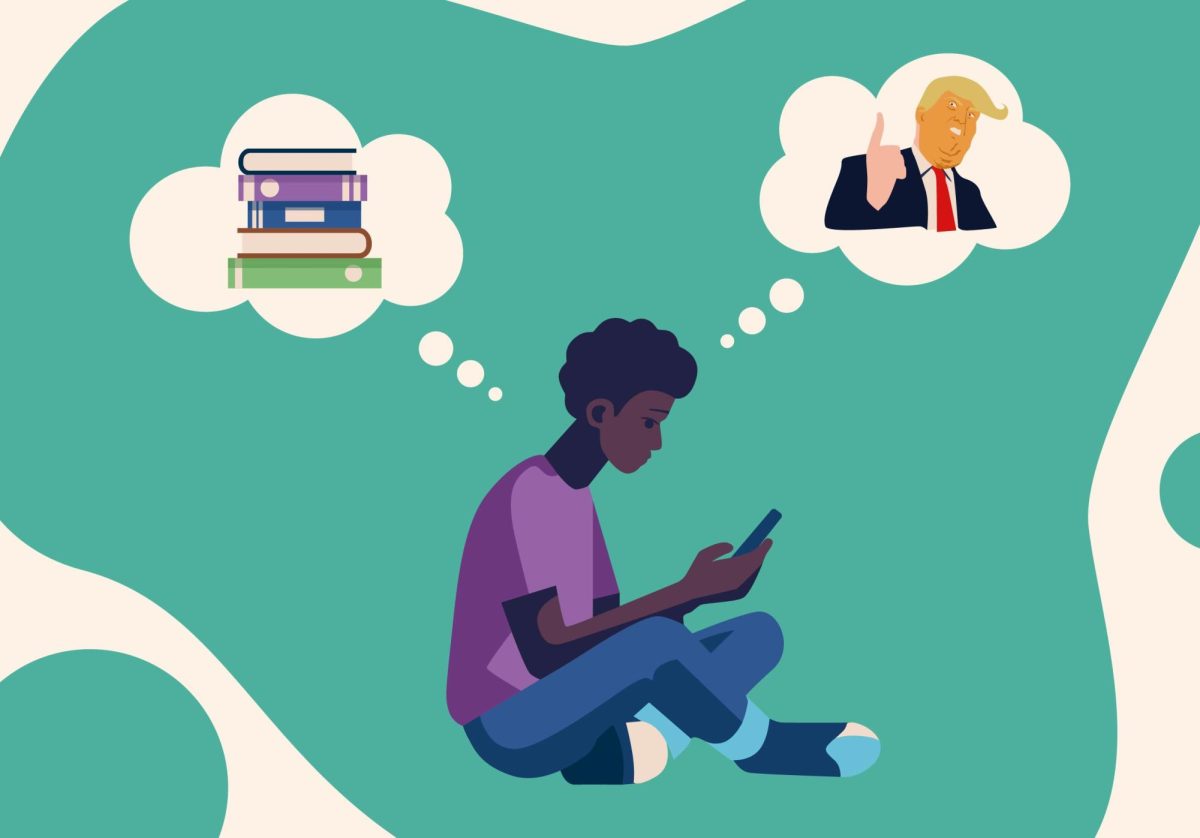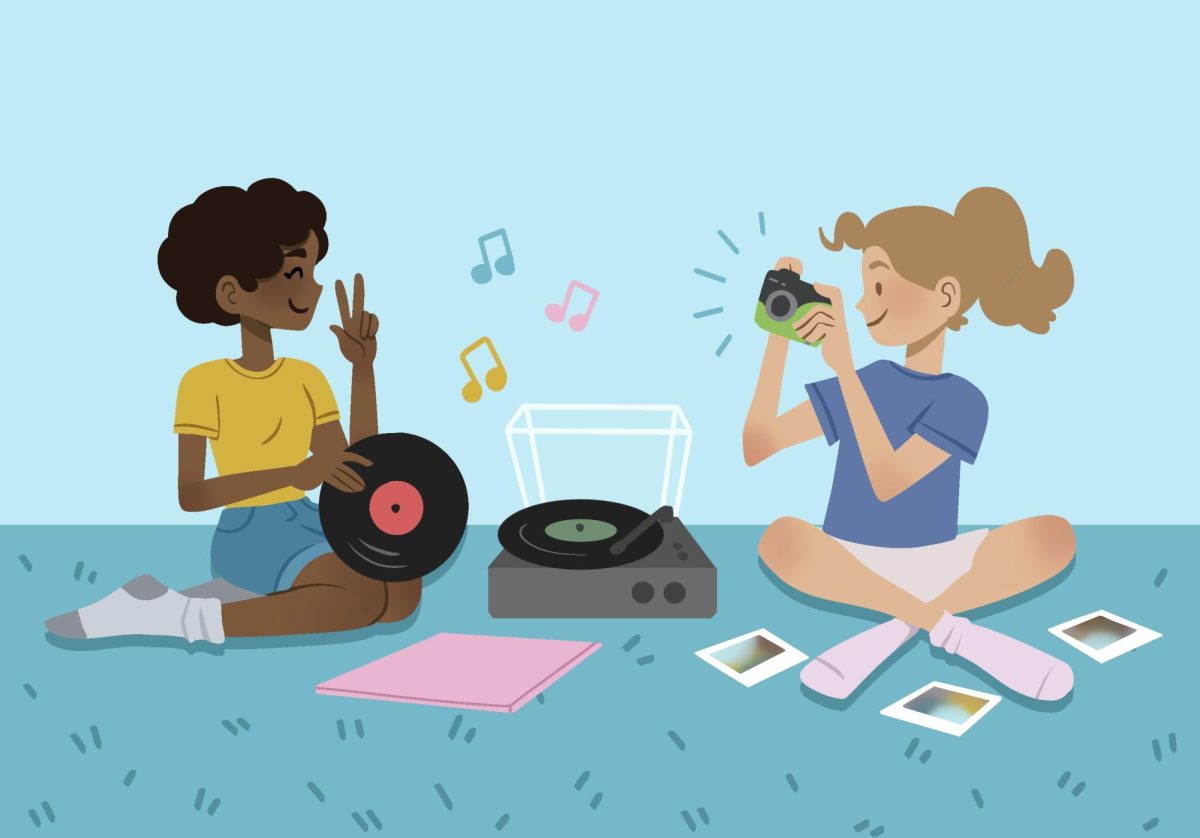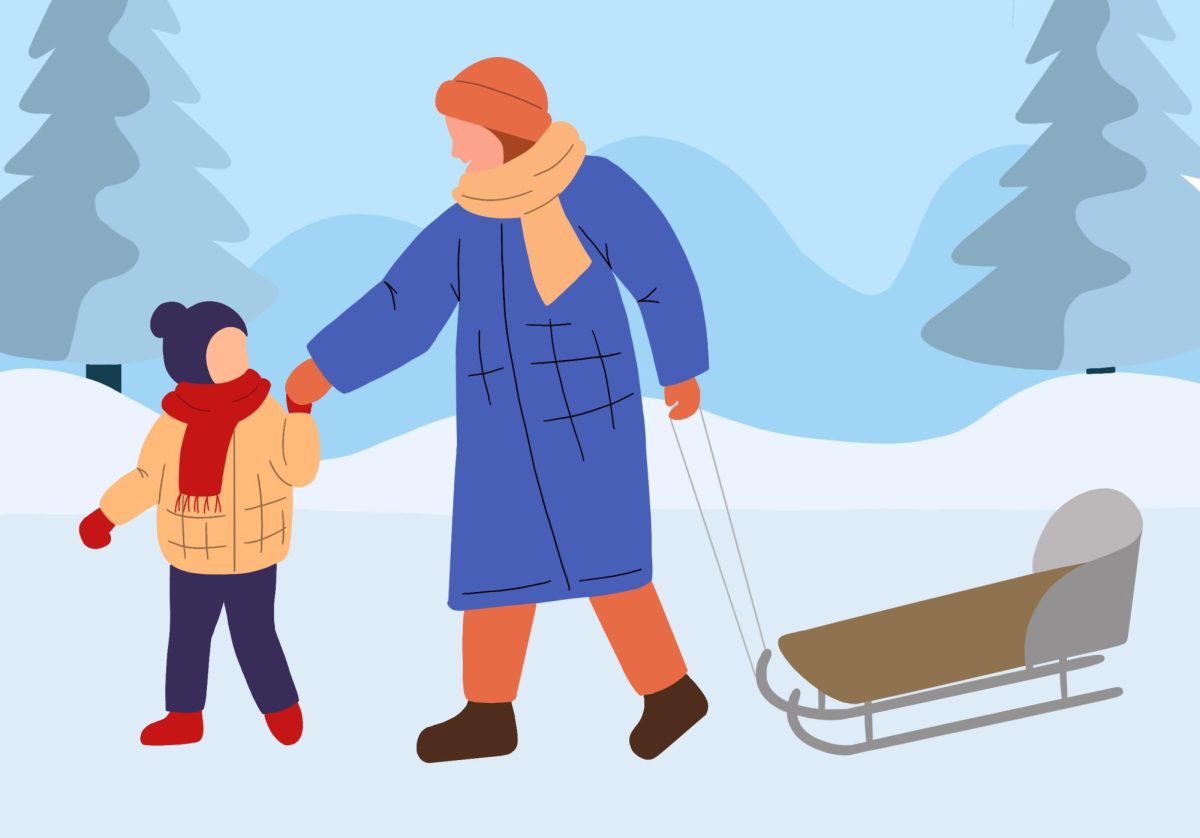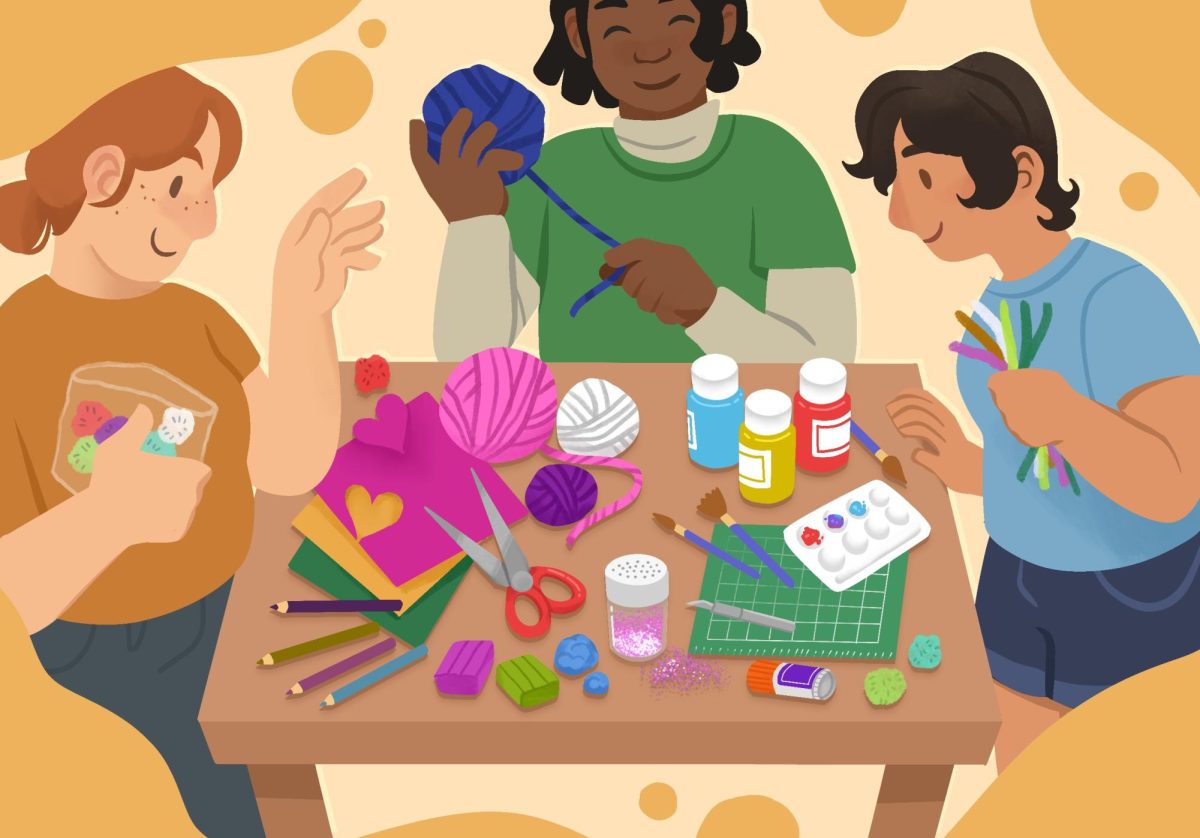Going on a financial diet is much like going on a food diet. It starts with a lengthy assessment in the mirror or monthly statement, a depressed sigh and motivation to get out of that mess. And, like a food diet, financial diets can fail really easily.
Before I went to financial counseling at Boynton two weeks ago, I had tried – really tried – to quit using my credit cards, or to just use them less. But I would find myself in many a transaction with the reasoning that I really did need that coffee or else I would fall asleep in class. All those little expenditures added up to $200 of additional credit card debt a month.
In past attempts at a financial diet, I would cut back on everything that made life possible, especially food. I lived on a ramen, rice and cabbage soup diet for a couple of months, but felt miserable every step of the way. Eventually I would feel so awful that I would have to have a shop therapy day to “feel good again.”
By going to a financial counselor before this current diet, I got exact figures on how much I needed to cut back on to pay back my debts. This made it possible to make reasonable, meaningful cuts that did not make me feel deprived.
Karen, my financial adviser, told me to take all credit cards out of my wallet. I went a step further and took out my TCF Bank card as well. If I needed money I could use my TCF Bank-linked ID card to pull out cash at an ATM.
On principle, I never pull out more than $40 at the ATM. I counted the number of times that I went to the ATM and allocated a maximum of $60 a week, which I felt was generous.
Imagine my surprise when I found myself out of cash and without my precious credit cards to save me. It was horribly embarrassing to show up at the register with a basket full of goodies and no money, but this helped illustrate how dependent I was on credit cards. It was sobering to see how quickly $60 can go in a week.
In addition to going cash-only, I cut back on all food except home-cooked meals. No more restaurant food, no lattes nor doughnuts. It had to come from home or I would not eat at all.
This helped me save a lot of money while eating better. The money I was spending on frilly things like coffee and muffins went toward substantive food purchases like meat or vegetables. Buying my groceries from an online grocery delivery service saved even more money, as I was less tempted to buy junk food or buy-one-get-one-free TV dinners.
Not only was the financial diet affecting how I ate, it also influenced how I hung out with friends. In the past, we would go out to watch movies, eat ice cream and buy new video games to play at home. Instead of blowing $50 on an outing like that, I entertained friends at home and made dinner for them to enjoy. A sausage sandwich dinner for four costs $12, when that same amount of money would only feed one person at a restaurant.
I used to spend money as part of “shopping therapy,” but now I realize that all that shopping was making me “fat” with debt. No amount of shopping can make the misery of being bloated with debt go away.
If you’ve been miserable with your “debt weight,” go see a financial counselor. Go cash-only. Take your credit cards out of your wallet. Begin to see the debt as excess fat making you unhappy and saving money as a way toward getting financially fit.
Quynh Nguyen welcomes comments at [email protected].


